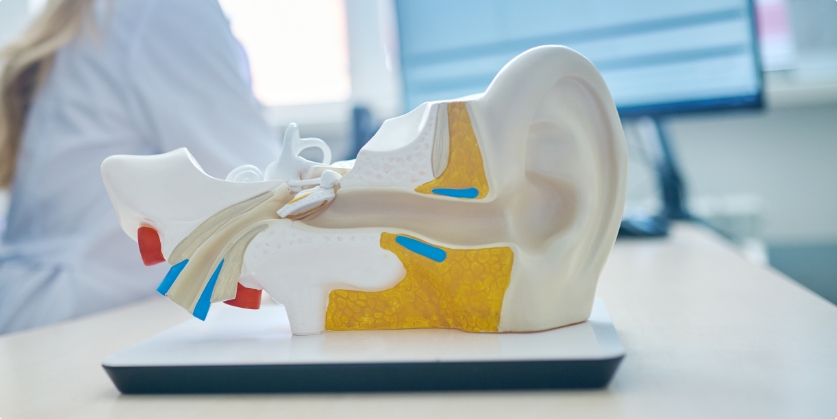Three Physicians at Grand Rapids Ear Nose & Throat Named 2025 Castle Connolly Top Doctors, Representing the top 7% of all U.S. Physicians.
FOR IMMEDIATE RELEASE Three Physicians at Grand Rapids Ear Nose &


FOR IMMEDIATE RELEASE Three Physicians at Grand Rapids Ear Nose &

As the colors of fall paint the trees and the air grows crisp, you might

Summer is here, and that means sunny days, trips to the beach and backyard